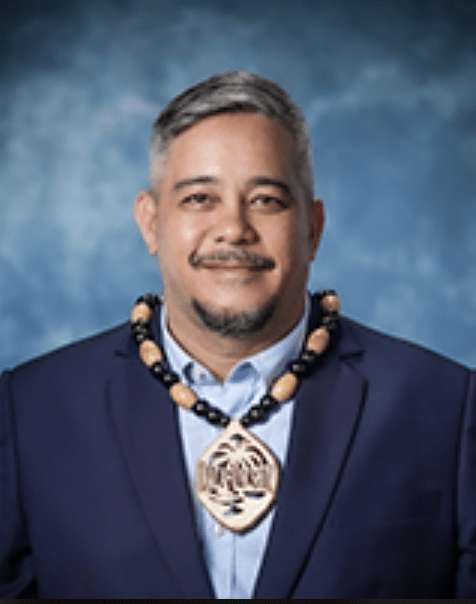The following is a letter Chris Barnett sent to the Guam Housing and Urban Renewal Authority Monday. The letter is his official comments to the GHURA proposed action plan for the use of half a billion dollars in Community Development Block Grant-Disaster Recovery funds:
RE: Comments on the Proposed CDBG-DR Action Plan for Typhoon Mawar

Håfa Adai!
I write to express my formal comments regarding the Guam Housing and Urban Renewal Authority’s (GHURA) proposed Action Plan for the utilization of $500,825,000 in Community Development Block Grant–Disaster Recovery (CDBG-DR) funds allocated by the U.S. Department of Housing and Urban Development (HUD) in response to Typhoon Mawar (DR- 4715-GU).
It is important to highlight and acknowledge the significance of this federally funded initiative and the scale of the recovery efforts that lie ahead. The allocation breakdown for housing, infrastructure, economic revitalization, and mitigation reflects thoughtful consideration of our community’s needs. However, it is imperative that GHURA recognizes and respects that federal funding does not exempt any agency or authority from adhering to local mandates, statutes, and processes.
I want to emphasize that the Guam Legislature must be actively involved in reviewing and approving plans of this magnitude—particularly those with long-term implications for land use, housing development, and the economic future of our island. Public transparency is not optional—it is required. Every stage of the “Action Plan” must be in compliance with our local laws. This Action Plan must also be brought before the Guam Legislature for meaningful scrutiny and legislative approval prior to implementation.
Any and all public hearings related to this Action Plan must be conducted in a manner that reflects true community engagement. Public hearings are not a procedural formality to satisfy federal requirements—they are an important part of ensuring community input and transparency. Should public hearings be poorly attended, it is not a sign of apathy or disinterest from our people. It is, rather, a reflection of inadequate planning and public engagement on the part of the agency. As the lead agency, it is your duty to hold additional public hearings until a sufficient percentage of our population is properly informed and given an opportunity to participate.
The burden is on GHURA to educate, inform, reach out, and engage—not simply to check a box on a federal compliance list.
We welcome the support of our federal partners, but local law is not optional, and neither is the responsibility to engage the people of Guam honestly, openly, and repeatedly—until they are heard. If we allow the complete disregard of our transparency laws, we risk losing the integrity of our democratic process forever. Transparency has already been undermined by a recently passed measure by this body that weakened how we engage with the public through official public notices. What we’re seeing now is a direct consequence of that law’s shortcomings.
The Action Plan refers to itself as a “living document.” If so, then it must live and breathe through the people it claims to serve. That means evolving not just in response to shifting data or bureaucratic feedback—but in response to local voices, legislative oversight, and real public participation. This Action Plan must be a collaborative process and a locally rooted document.
I respectfully request that GHURA take the necessary steps to formally engage with the Guam Legislature, expand public outreach, and re-evaluate current procedural approaches before advancing the plan any further.
Thank you for your attention and your commitment to Guam’s recovery.
Si Yu’os ma’åse’,
Senator Chris “Malafunkshun” Barnett





